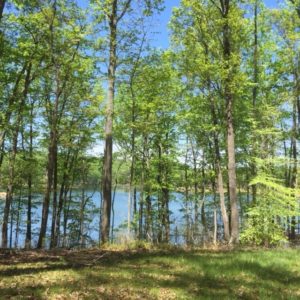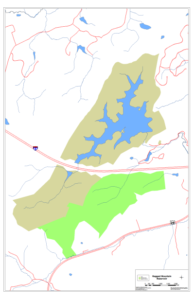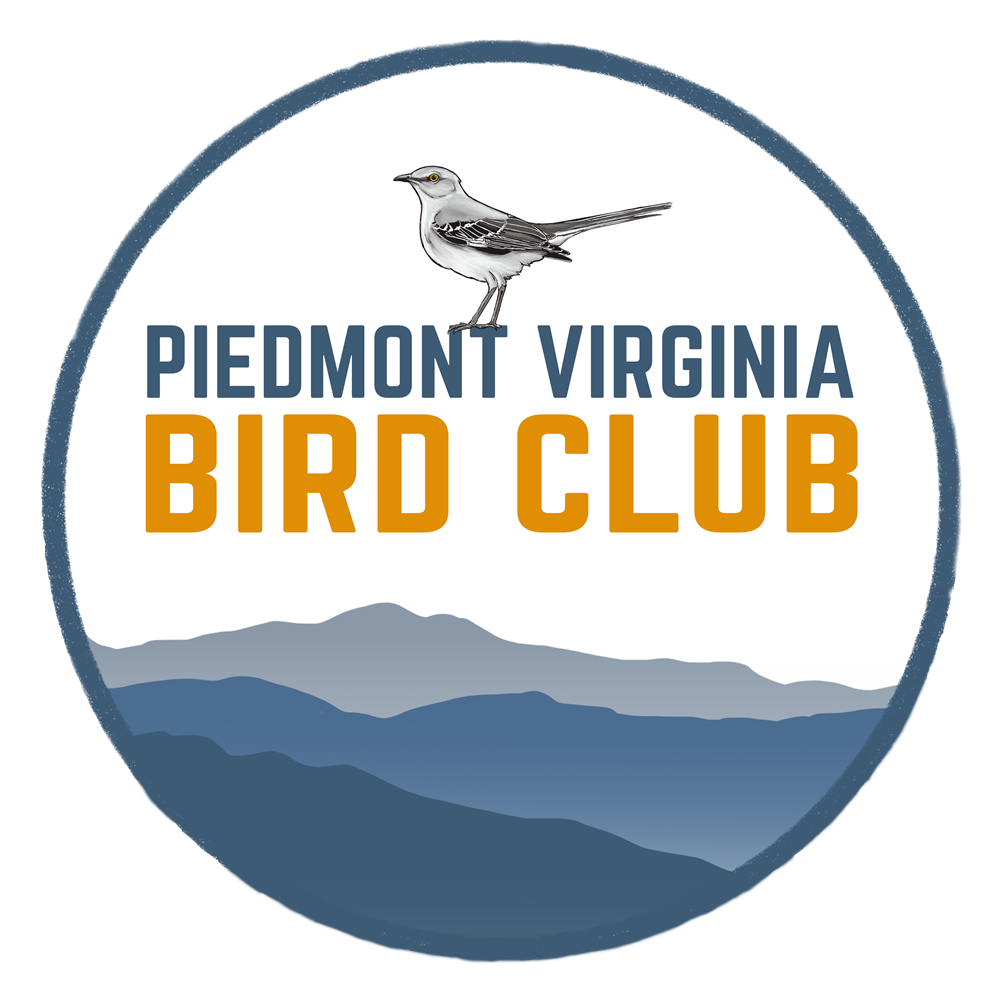I am posting this urgent message from Kay Slaughter. It is of the utmost importance to let our voices be heard concerning the future of Ragged Mountain Natural Area. Thank you, Kay, for articulating the issues so clearly.

Dear Friends,
Council will hold a public hearing on the issue of creating bicycle trails in the Ragged Mountain Natural Area on Monday, December 5. According to the council clerk, the issue is likely to come up around 8 p.m. for public hearing.
I am writing to sympathetic friends to urge you to speak at the public hearing in favor of retaining the natural area status of Ragged Mountain, given that the area has over 70 miles of existing bike trails in city and county parks and only two natural areas (Ivy Creek and RM). In matters such as this, numbers matter.
In addition, a large tract of land – Hedgerow – south of I-64 and adjacent to Southern RMNA has been donated to the County for the express purpose of multi-use trails. I feel that the City should plan this project with the county and hold off on building trails in RMNA and therefore destroying more land for either separate trails or to widen existing trails to accommodate bikes. A joint city-county-university planning meeting (PACC) has been set up to discuss the Hedgerow project in January. At the very least, the council should explore this route first before committing to this project.
While my arguments in the past have focused on the unique biodiversity in the area (according to city-sponsored eco-study), I now am turning my attention to the need to provide natural areas to seniors like myself (a growing population) who remain active and want to have quiet and natural area to walk near the city.
Below this letter are my recent comments for your interest, including the hope that if Council goes ahead with the bicycle trails, they will at least employ a professional landscape architect who can mitigate the impacts on humans and the natural world. I hope you will come and add your voice to legitimize our concerns. We are a small group of citizens (7 or 8), many of whom are also avid bikers but who do not believe this beautiful natural area (our Wilderness) should be used for any human activity other than walking quietly and enjoying nature.
I hope you will come to the meeting. As I said earlier, numbers always count with council. But please write emails to [email protected] expressing your opinion.
Thank you,
Kay
Kay Slaughter
Charlottesville, Virginia
To: The Charlottesville Planning Commission
From: Kay Slaughter, 1503 Short 18th Street, Charlottesville, Va. 22902
Re: Ragged Mountain Natural Area Trails
October 28, 2016
Although you are asked only to comment on the recommendation regarding Ragged Mountain Natural Area (RMNA), I hope you will take that obligation as seriously as when you make formal recommendations to council and make substantial comments based on the following issues:
- Joint City-County planning should be triggered by such activities.
- RMNA is only one of two natural areas in a large selection of multi-use parks.
- The professional ecological study authenticates its unique biological diversity.
- Alternatives, such as Hedgerow Property, exist.
- If Parks & Recreation Preferred Alternative moves forward, a landscape architect should be retained to ensure that the biological and human landscape is protected.
- Consideration should be paid to existing Albemarle Ordinance prohibiting bicycling.
Foremost, the Advisory Board’s recommendation to allow bike trails in one of only two “natural areas” in Charlottesville and City Council should be viewed as a failure of consultation between City and County Planning Commissions. Instead, the City Parks and Recreation Department took over from Ivy Creek and immediately began its bicycle path planning despite the existing of an Albemarle ordinance (attached) indicating bicycling should not occur in any reservoir area in the County. Only after initial bike trail building was underway, did P&R realize it needed a process for public comment before proceeding. To its credit, P&R undertook a lengthy process.
Left out of the discussion until recently was the existence of the Hedgerow property planned for multi-use. Adjacent to the southern portion of RMNA, Hedgerow, once owned by Jane and Henderson Heywood, has been deeded to the County with easements permitting walking and bicycling trails. The county accepted this property in the Spring of 2015. While no funds have yet been allocated for its development, this area close to the City will attract city and county residents.
The facts:
- Over 70 miles of bicycle trails currently exist in the city and county parks.
- The Hedgerow property, with easements from the Jane and Henderson Heyward family, will be utilized as a multi-use park (see attached documents of Albemarle County Board of Supervisors staff report and easement/deed).
- Ragged Mountain Natural Area has historically been utilized only for hikers with access to the reservoir for boating and fishing. Hiking Trails were developed by Ivy Creek Foundation in 1997-98 in cooperation with the City Council and Board of Supervisors (As mayor, I was part of this negotiation).
- The ecological study cites the many unique biological areas for flora and fauna.
- In the array of city and county parks, only RMNA and Ivy Creek are natural areas, closed to dog walking and bicycles. An analogy can be made local natural areas the federally designated “wilderness areas” in national parks and forests where designation ensures retention of relatively pristine nature by allowing only minimal human activities.
- Another portion of the nearby Heywood property – Foxhaven Farm — deeded to UVA for future use is also possibly available for bicycling, according to correspondence with Tim Rose, director of the University of Virginia Real Estate Foundation.
We hope you will recognize these facts in your comments to the City Council and that you will also note the need for “wilderness areas” in a rapidly developing urbanized city and county. If the preferred alternative is selected by council, the Planning Commission should note in its comments the wisdom of retaining a professional landscape architect to ensure that the biologically diverse areas are protected, that the trails are designed to avoid erosion and run off, and that the human experience of quiet nature is retained, to the extent possible.
Most important, the planning commission should deplore the lack of joint City and County planning and take steps to ensure better long term coordination with involvement from the citizens of both areas.
***
Highlights from the Ecological Survey explain both the unique biological assets and the threats due to increased human activity, domestic animals, and invasive plants.
- Quantity: The study inventoried 76 tree species, 250 species of flowering plants, over 150 bird species, as well as numerous species of insects, reptiles, amphibians and mammals, many of which are highly sensitive to disturbance (such as river otter, bobcat, and many ground-nesting birds in serious decline). (Emphasis added)
- Impacts: “. . . [I]t is not just the interruption of breeding/nesting behavior that should be of concern. Birds use these forests for many reasons other than nesting. RMNA is an important stop-over for migrating birds as well. Where a migrant [bird] lands, and why, is certainly influenced by human and pet presence.” (pp. 107-8)
- “Fragmentation by roads and trails further compromises the patchwork of mature and sheltered forests that we still have. At RMNA the rich basic mesic ravine forests are such places. The integrity of these systems relies upon preventing further division and minimizing human presence.” (p. 112)
- “In suburban settings and at RMNA, the biggest threat to small mammals is the presence of non-native domesticated carnivorous animals (Cats and Dogs).” (p. 112 )
- “Many of the species that we are fortunate enough to experience in the urban spaces of Western and Southern Charlottesville are indeed sustained by a food web that is connected to this forest block.” (p. 18)
- “ . . . RMNA . . . is an ideal outdoor classroom for studying researching and interpreting upland ecosystems in the Piedmont. The City of Charlottesville thus has a unique asset to conserve.” (p. 18)
This tract of land was designated a “natural area,” not a park, and the best use of this property is to retain as much as possible in its natural state. According to the Wilderness Act of 1964, wilderness is “…land retaining its primeval character and influence, without permanent improvements or human habitation, which is protected and managed so as to preserve its natural conditions and which (1) generally appears to have been affected primarily by the forces of nature, with the imprint of man’s work substantially unnoticeable; (2) has outstanding opportunities for solitude or a primitive and unconfined type of recreation; …”
Similarly, at the local level, a “natural area” should be protected from further intrusion and therefore prohibiting biking and dogs is necessary. Ivy Creek is the only other natural area in our region, and it lacks the biodiversity and wildness of RMNA.
To my knowledge, no interest groups exist for people who wish to experience the quiet of nature and the outdoors. Solitude is not touted amid our desires to utilize gyms, clubs and classes to participate in active sports, such as biking, and other recreational pursuits. Yet RMNA provides this critical space for the study of nature and reflection of the human role within it. As the Ecosystem report states: “. . . [RMNA is] a place that maximizes the peace and tranquility we may find in the wilds of an urban area. … [W]ithin only a few miles of the City of Charlottesville, the residents … find vast and wondrous forests that have long inspired naturalists, poets, educators and artists. . . . such as Edgar Allan Poe who wandered among its hills and later wrote “A Tale of the Ragged Mountains.”
NB: Gray is RMNA, and Green, Hedgerow Property 



